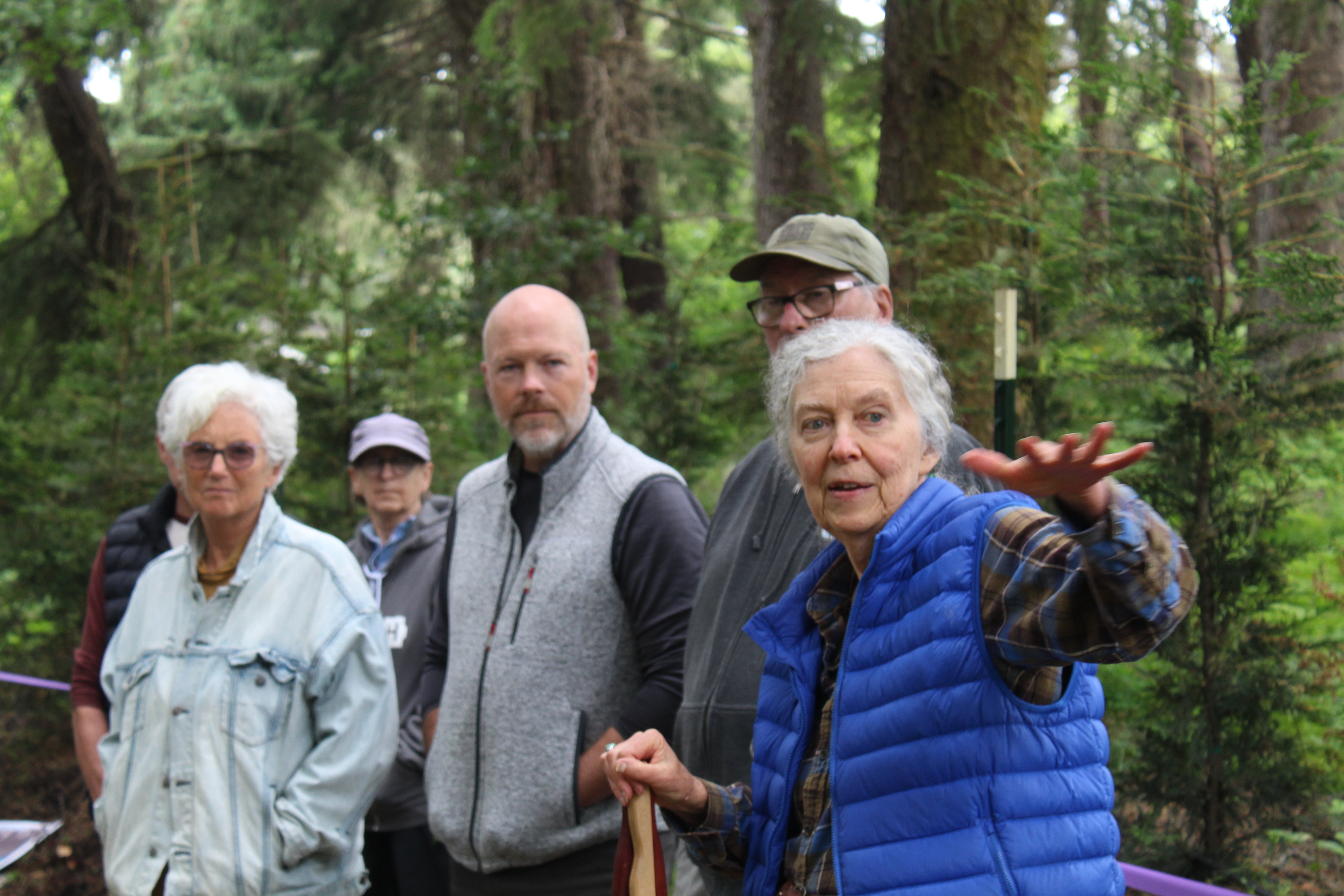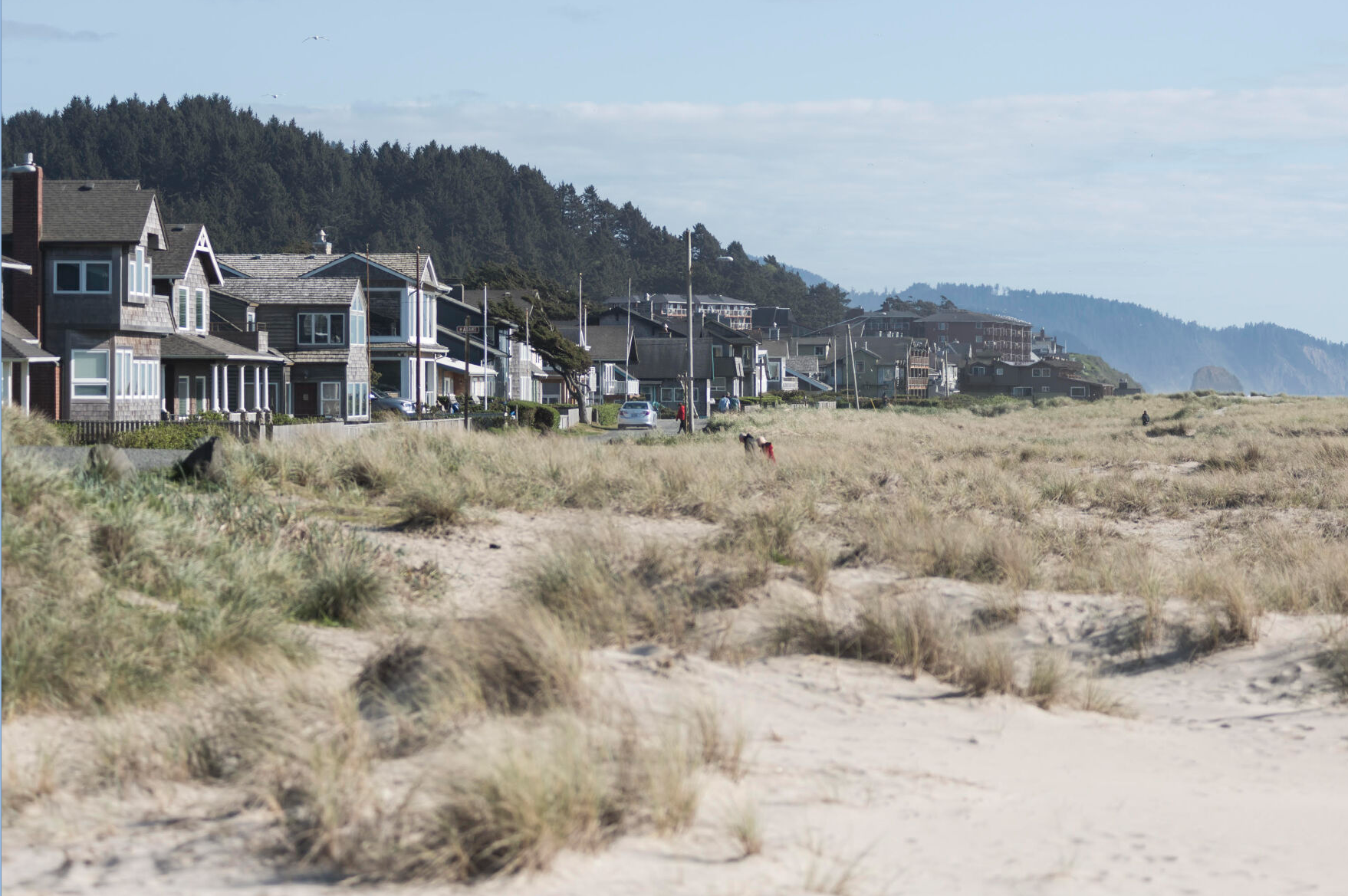Guest Column: We must not be bystanders
Published 12:30 am Wednesday, November 22, 2023

- Anna Kaufman
A study conducted by Oregon State University found that old-growth forests have significantly higher streamflow rates compared to logged areas that have been converted into Douglas fir-dominated plantations.
Trending
Utilizing six decades of data measuring streamflow in eight Oregon basins, researchers found that all monocropped forests had 50% lower rates of streamflow during the summer than mixed coniferous old-growth stands.
The study noted that in comparison to older trees, younger trees have a much higher rate of evapotranspiration, and, growing at much more rapid rates than mature trees, they also take up much more water from the ground. Lack of canopy cover also causes soils to lose moisture quickly.
While immediately after harvest and thinning there were often increases in streamflow due to the lack of vegetation, within 15 years of cutting, these areas all showed deficits in summer streamflow.
Trending
The data established by this large-scale study is reflected locally within our own communities on the North Coast. In August, a local wildlife scientist noticed that two streams in Tillamook County, the Miami River and Three Rivers, showed vastly different streamflows. He engaged in a brief study to find out how the two watersheds compared.
Despite their strikingly similar characteristics, the Miami flowed at a very low rate — just under 10 cubic feet per second — while Three Rivers had a flow of 45 cubic feet per second. So what caused such dramatic differences in the rates of the two streams?
The answer clearly lies in the type of land management. The Miami watershed is almost entirely Tillamook State Forest, while Three Rivers is almost entirely Siuslaw National Forest. An Oregon State study explains this vast difference in available water quantity, concluding that forests managed for timber production, as much of the Tillamook State Forest is, consume vastly larger amounts of groundwater than mature stands.
David Wells’ guest column (The Astorian, Oct. 19), a critique of coastal Oregon drought analysis conducted by NASA and Oregon Wild, shows full support for current forestry practices. These practices include clearcutting, which is largely responsible for the disappearance of much of the state’s old-growth forests.
The analysis by NASA and Oregon Wild called out clearcut logging for exacerbating drought conditions felt widely by Oregonians. However, Wells’ piece refuses to engage with new and mounting scientific evidence that explains the reasoning for the increases in severe drought, wildfires, water shortages and water quality issues experienced firsthand by thousands of the state’s residents.
Wells’ argument that we can and should continue to manage our forests as usual endorses practices like clearcutting, slash burning and pesticide application. These operations are clearly linked to the desertification of our land, runoff of sediments and chemicals into streams and the mass pollution of our air and water.
Many grassroots citizen groups, such as North Coast Communities for Watershed Protection, have emerged in response to the dangerous mismanagement of Oregon’s watersheds. The proliferation of these groups reveals the widespread public concern for drinking water quality and quantity.
There is nothing more relieving than that feeling during a scorching summer afternoon, when you enter a mature forest. We’ve all experienced the powerful cooling effect of those tall giants, who shade the forest floor, respire oxygen and water and maintain a damp microclimate — even on the hottest of days. These are the guardians of the historically abundant water resources of the North Coast. Yet we are witnessing their rapid liquidation. And we must not be bystanders.
Perhaps we can maintain pride in Oregon’s logging culture by letting forests mature instead of disappearing them — so that our children and grandchildren might also dip into their depths on a hot summer day and splash in the cool creeks.









